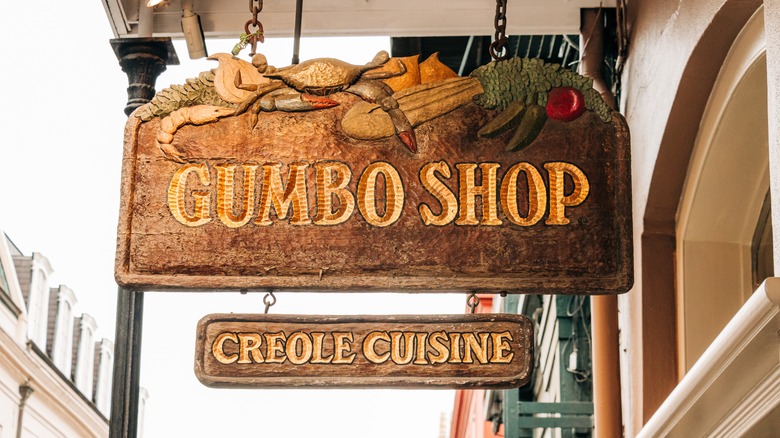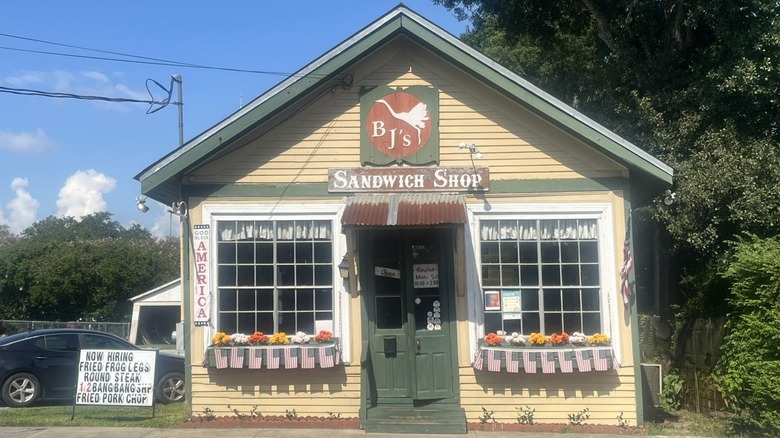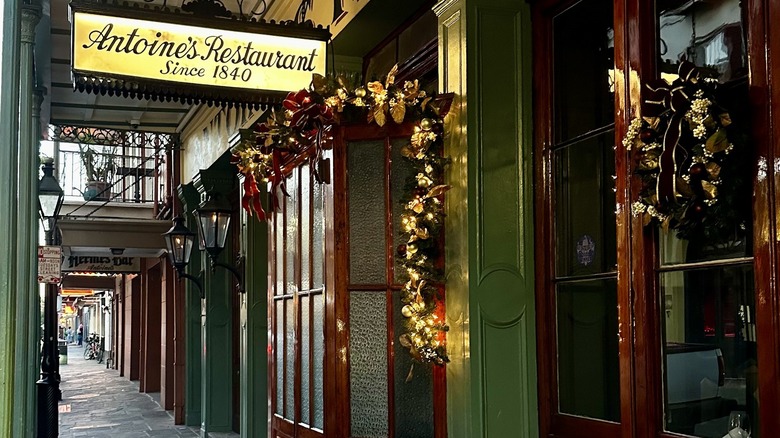What’s the difference between Cajun and Creole food? The two cuisines are often lumped together, but locals and chefs will tell you that they have some distinct characteristics. Unfortunately for visitors to Louisiana, it’s not always clear-cut based on dish: Gumbo and jambalaya can be either Cajun or Creole depending on the ingredients. So, let’s dig into what’s going to be on your plate.
To truly appreciate the food, it helps to know a little about the people behind it. Creole culture developed in New Orleans and its immediate surroundings, and is shaped by a mix of French, West African, Native American, and Spanish heritage. Meanwhile, Cajun people are descended from Acadian settlers, who arrived from Canada and made their homes in more rural areas of Louisiana. As a result, Creole cuisine is often held to be more urban, and Cajun food is thought to be more rustic.
There’s a lot of overlap, and both cuisines feature the Louisiana holy trinity of celery, green bell peppers, and onions. But the presence of tomatoes can be a giveaway as to which you’re eating. Creole cooking uses them; Cajun doesn’t tend to. Creole food may also be richer, more buttery, and more seafood-heavy, while Cajun food tends to be spicier and leans more on meats, like sausage and game.
Where to find the best Cajun Food
One of the top places to try Cajun food is in Lafayette, a foodie’s paradise and the unofficial capital of Cajun Country. Start at Prejean’s, a highly rated, proudly Cajun restaurant offering local favorites like fried gator tail, gumbo, and crawfish étouffée. Cajun étouffée tends to be spicier than the Creole version, and the roux is usually made with oil or lard (it’s made with butter in Creole cuisine).
Just south of Lafayette, check out BJ’s in Broussard, known for its plate lunches and po’ boy sandwiches. If you want to try a variety of local dishes with a local expert, you’ll want to hop on a tour with Cajun Food Tours. The classic version of this tour includes mouthwatering bites like boudin, king cake, and cracklin’.
For those who want to dive into truly authentic Cajun cuisine, getting out into rural Louisiana is the way to go. Following the self-drive Cajun Bayou Food Trail, you’ll start in Thibodaux and head south toward the Gulf. Along the way, there are 18 stops listed, including the highly rated Mommie Jo’s with its regular crawfish boils and Bayou Boucherie, where you can pick up meats to cook yourself or ready-to-devour ribs, boudin, and brisket.




